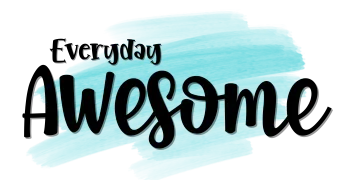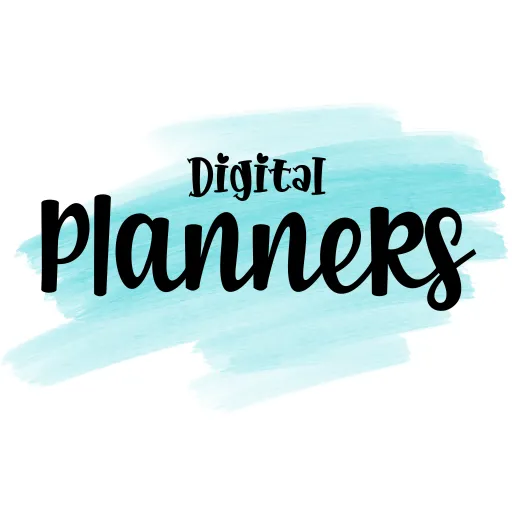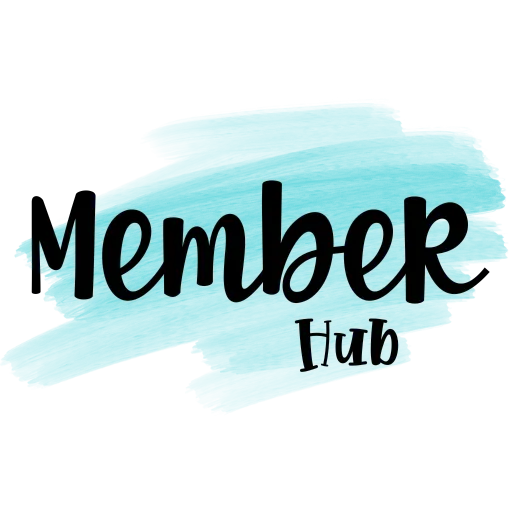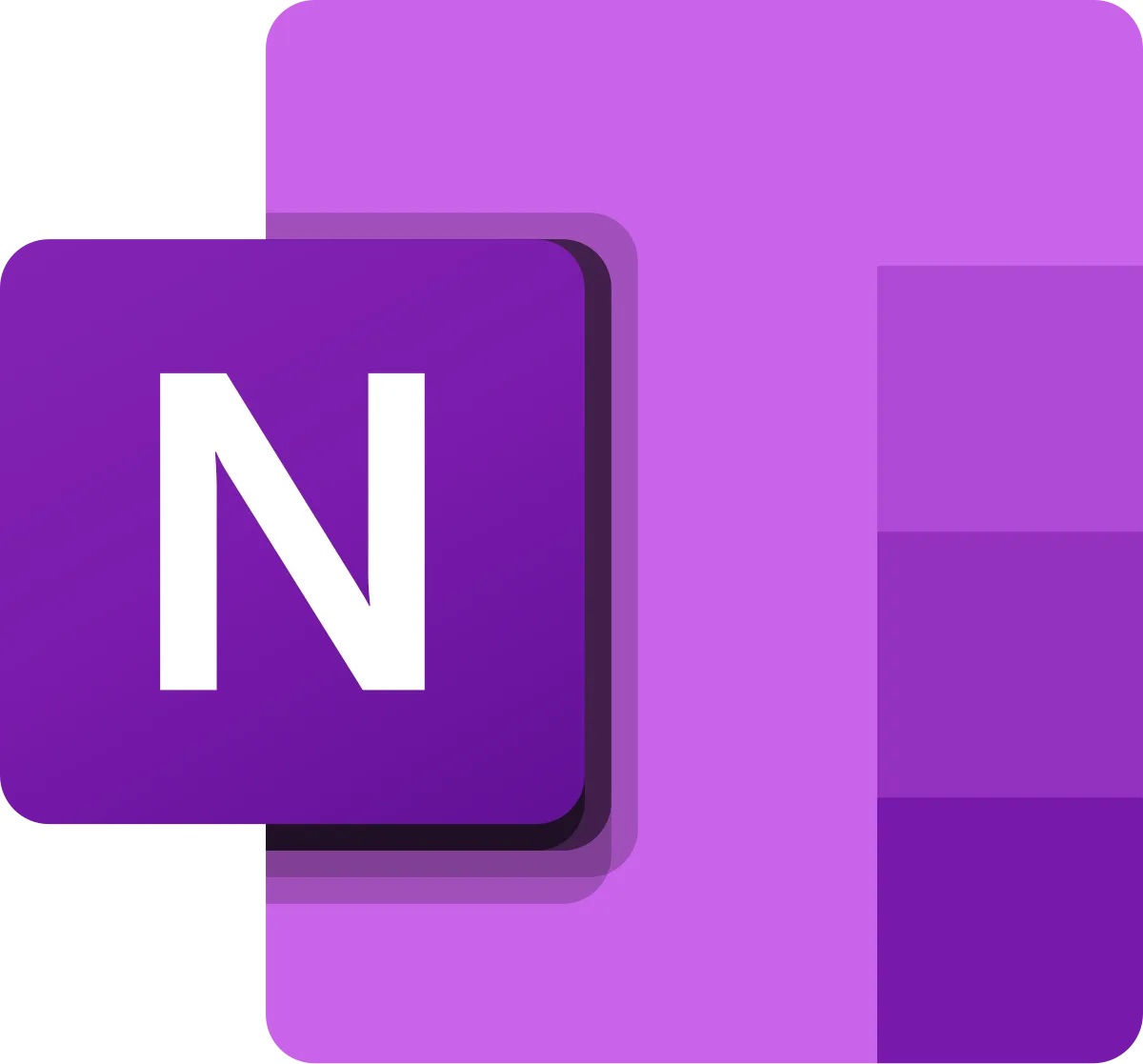How to Plan Your Next 60 Days (Without Losing Your Mind)
Discover how to transform chaos into clarity in just 20 minutes. Get the free 60 Days to Awesome Workbook and finally make progress on what matters most.

Being effective means focusing on meaningful results in areas that truly matter—like family, health, and growth—rather than just staying busy. Prioritize what aligns with your deepest values, not just more tasks.
The Member Hub is a new project being rolled out by The Awesome Planner...
It's the central "Hub" for all of the freebies, tips, hacks, and announcements for The Awesome Planner.
Already a member? Sign in HERE

Classes and tutorials to help you become an effective planner.

Find the perfect digital planner or printable.

Freebies, tips, and so much more can be found in the Member Hub.
More information to get you going on your planning and productivity journey. All things paper planners, digital planners, note taking, time management, and productivity.
If you enjoy digital planning, we can help you with that!

Notion templates and tips.

PDF planners and more.

Planners and tips.
Get ready for the new year with a new planner......
All 2026 digital planners are on sale 50% off and the new 2026 printable is 24% off.... Don't miss out because this sale will not last!
Happy planning!
Home - Shop - Blog - Contact - Member Hub
© 2025 Everyday Awesome - All Rights Reserved
© 2025 Company Name - All Rights Reserved, consectetur adipiscing elit. Maecenas commodo suscipit tortor, vel tristique sapien